In the frozen expanse of Antarctica, where temperatures plummet to -40°C and winds howl at speeds strong enough to knock a man off his feet, an extraordinary parenting drama unfolds each year. The emperor penguin, Aptenodytes forsteri, stands as nature’s most dedicated single father, enduring unimaginable hardships to ensure the survival of his chick. While most birds share parenting duties, the male emperor penguin shoulders the burden alone for months, fasting and braving the elements in what can only be described as one of the animal kingdom’s most remarkable feats of endurance.
The story begins in autumn, when female emperor penguins lay a single egg before immediately returning to the sea to feed. In a carefully orchestrated transfer, the male gently rolls the egg onto his feet, where it is cradled beneath a warm fold of skin called the brood pouch. This moment is critical—if the egg touches the ice for even a few seconds, the embryo inside will freeze to death. From this point onward, the male enters a state of suspended animation, standing motionless in a vast huddle with thousands of other fathers, all united in their singular purpose: to keep their unborn chicks alive.
For the next 65 days, the males endure a fast that would kill most creatures. Without eating or drinking, they rely entirely on fat reserves built up during the summer months. Temperatures drop to -60°C with wind chill, and blizzards rage for days on end. To conserve heat, the penguins form a tightly packed "turtle formation," rotating positions so that no individual bears the brunt of the cold for too long. Those on the outer edges gradually shuffle inward, while those in the center—warmer but oxygen-deprived—take turns moving outward. It’s a delicate ballet of survival, a testament to cooperation in the harshest environment on Earth.
Meanwhile, the females embark on an epic journey across hundreds of miles of open ocean, diving to depths of over 500 meters in search of fish, squid, and krill. They must regain their strength and store enough food to produce nutrient-rich "crop milk" for their chicks upon their return. Timing is everything; if they return too late, their mates may have abandoned the eggs out of starvation. If they return too early, the sea ice may not be stable enough to support their weight.
Back in the colony, the eggs begin to hatch. The fathers, now gaunt and weakened, produce a curd-like secretion from their esophagus to feed the newborns—a stopgap measure until the mothers arrive. When the females finally return, their calls echoing across the ice, the males recognize their partners’ unique vocalizations amid the cacophony of the colony. The reunion is brief but poignant; after transferring the chick to its mother’s care, the emaciated males stagger toward the sea, their bodies having lost nearly half their weight. Some don’t make it, collapsing just meters from the water’s edge.
What drives these birds to such extremes? Scientists believe the emperor penguin’s parenting strategy evolved in response to Antarctica’s short summers. By dividing responsibilities—females foraging while males incubate—the species maximizes the time available to fatten their chicks before winter returns. The males’ ability to fast for months and withstand extreme cold is unmatched in the avian world. Even their feathers are a marvel of engineering: layered like shingles, with microscopic filaments that trap air and repel water, allowing them to remain dry and insulated even during blizzards.
Yet this delicate balance is now threatened by climate change. As Antarctic ice melts at an accelerating rate, emperor penguin colonies face catastrophic breeding failures. In 2022, satellite imagery revealed that nearly 10,000 chicks in the Bellingshausen Sea region likely drowned when their breeding site collapsed prematurely. Unlike other species that can adapt by shifting territories, emperor penguins are locked into their ancestral breeding grounds by instinct and the need for stable ice. Conservationists warn that if current trends continue, the species could be functionally extinct by 2100.
For now, however, the emperor penguin’s saga continues. Each winter, a new generation of fathers gathers on the ice, their black-and-white forms standing in stark contrast to the endless white desert around them. They are living proof of nature’s resilience, a reminder that even in the most inhospitable corners of our planet, life finds a way—not just to survive, but to thrive through sacrifice, cooperation, and an unbreakable will to nurture the next generation.
The story of the emperor penguin is more than a biological curiosity; it’s a lesson in what it means to endure. In their silent vigil on the ice, these birds teach us about the power of patience, the strength found in community, and the extraordinary lengths to which life will go to perpetuate itself. As the Antarctic winds scream and the stars wheel overhead, the males stand firm, their hearts beating steadily beneath layers of fat and feather—guardians of the future, one egg at a time.
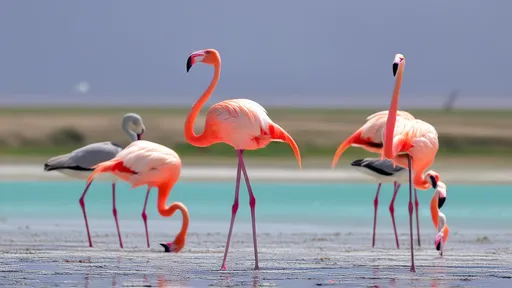
By /Jun 10, 2025
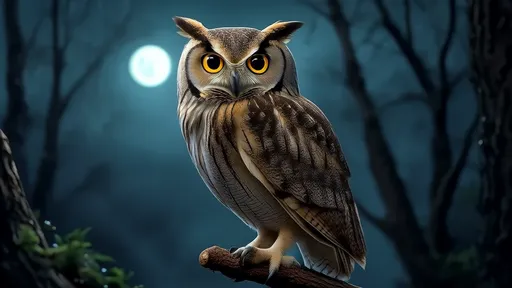
By /Jun 10, 2025
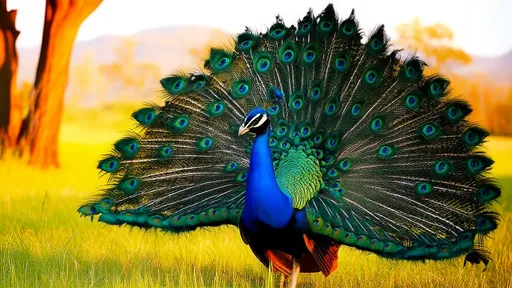
By /Jun 10, 2025
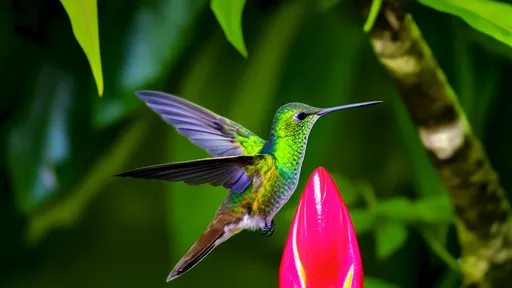
By /Jun 10, 2025
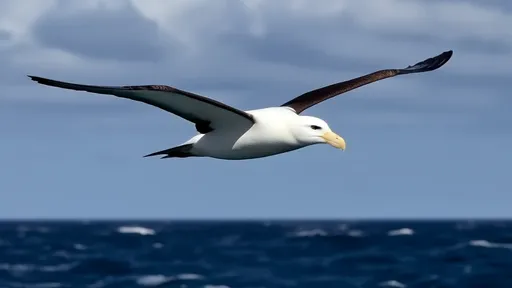
By /Jun 10, 2025
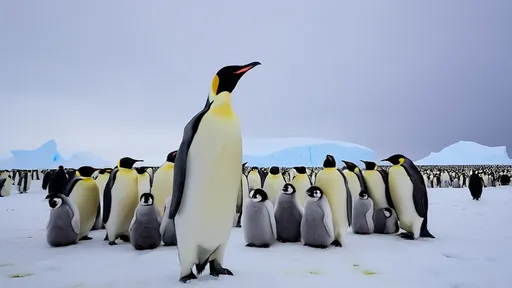
By /Jun 10, 2025
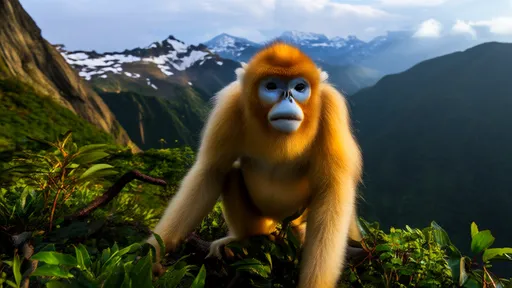
By /Jun 10, 2025
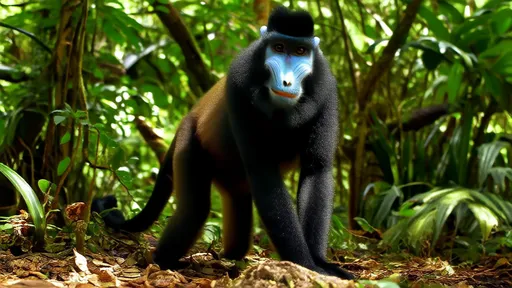
By /Jun 10, 2025
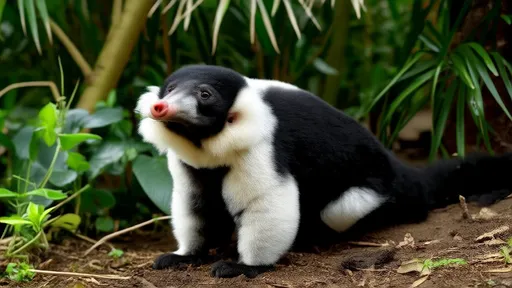
By /Jun 10, 2025
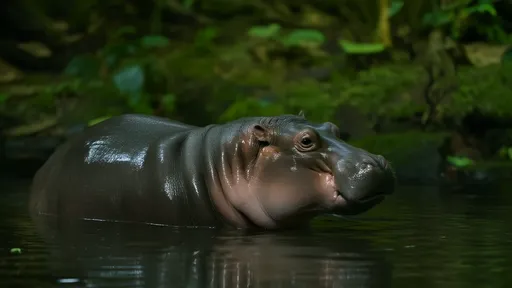
By /Jun 10, 2025